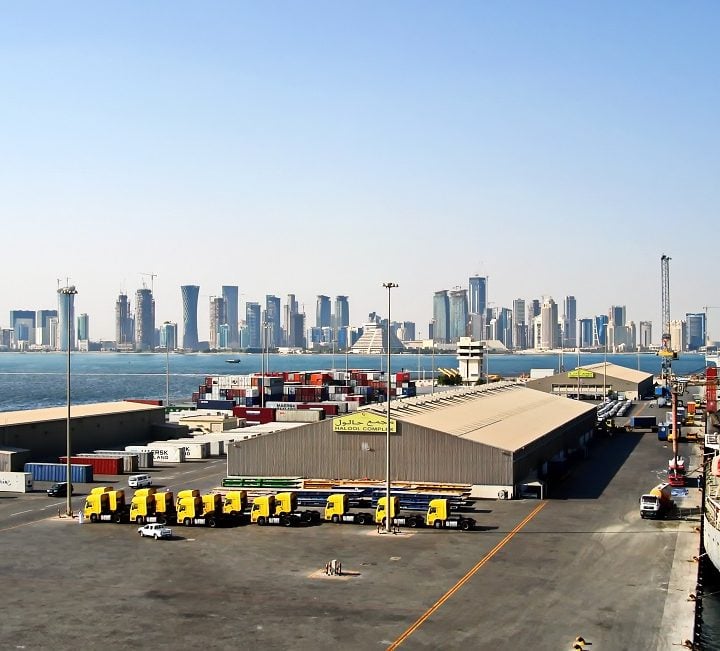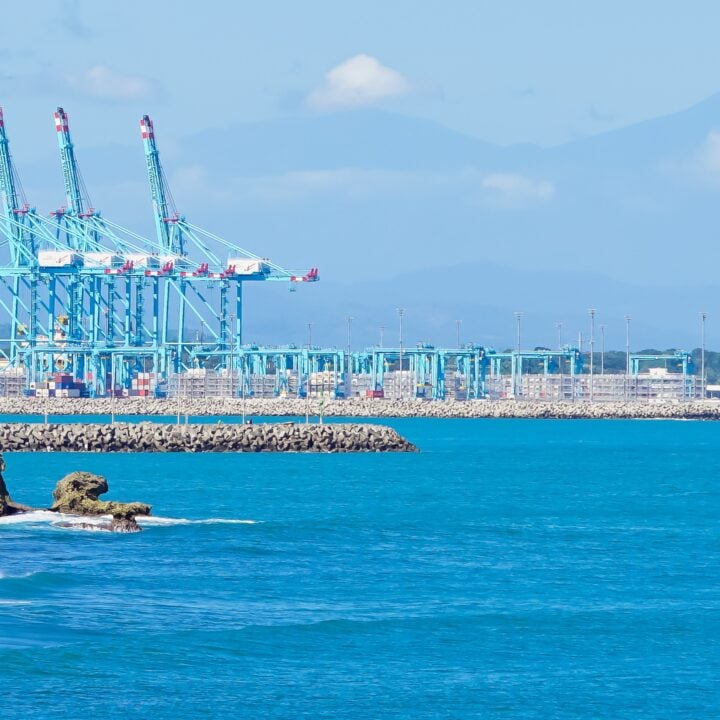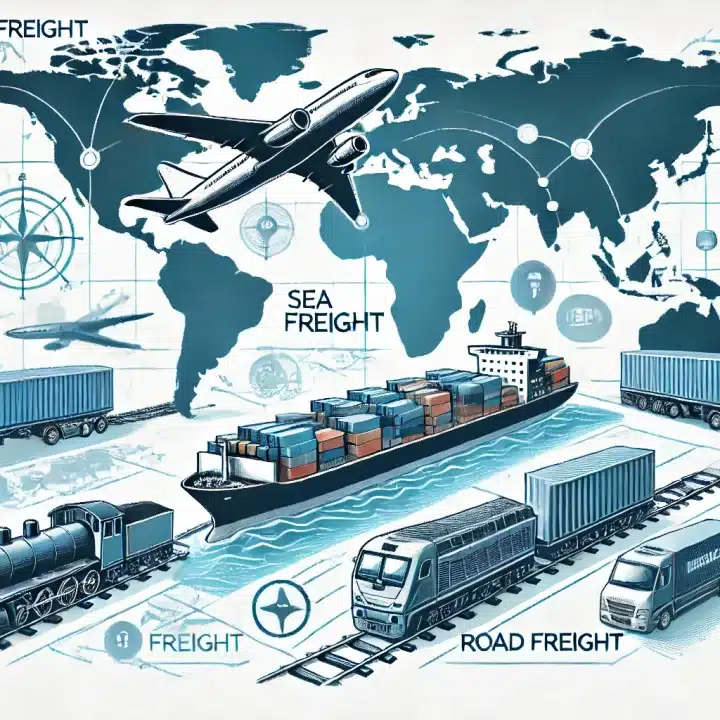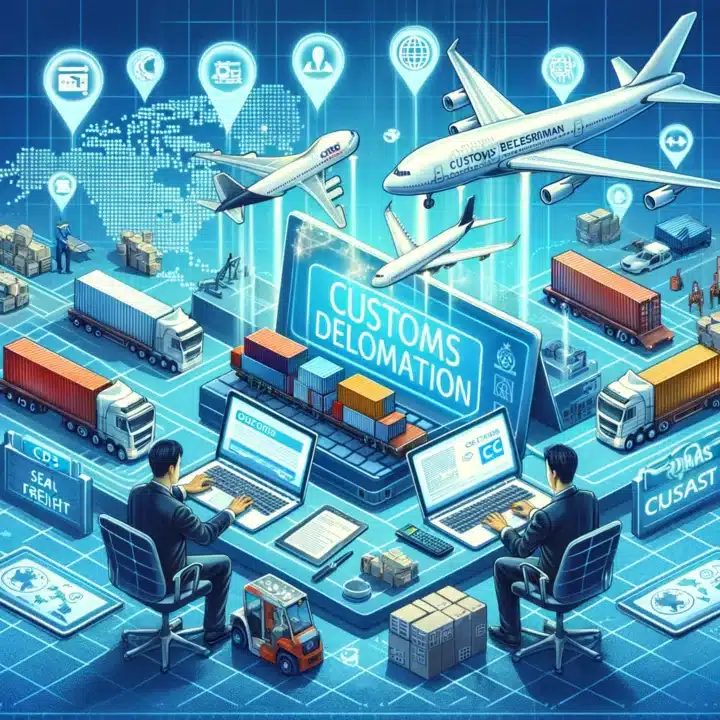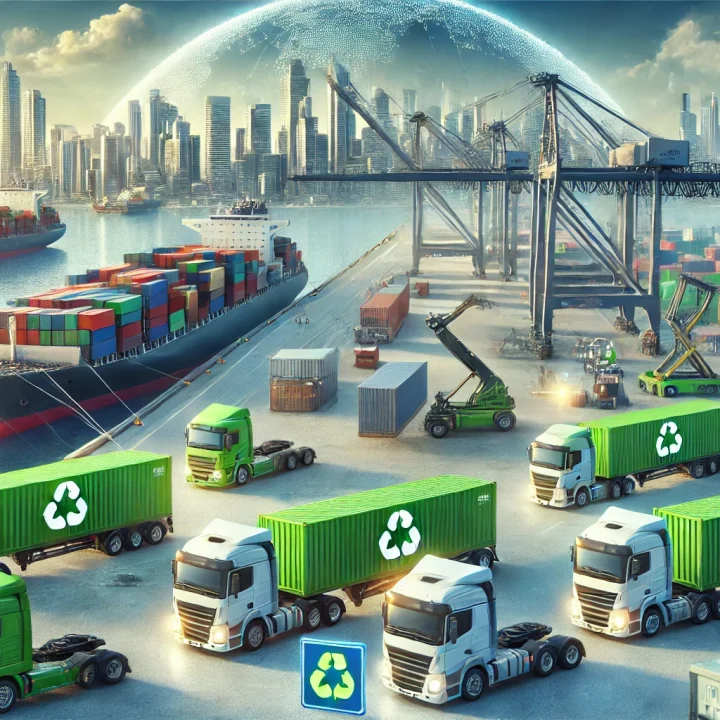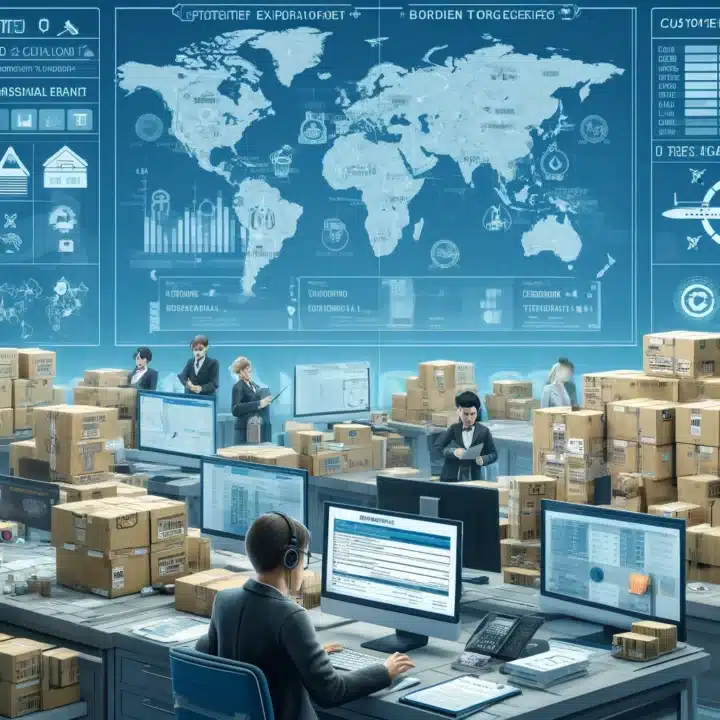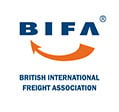![]() Airfreight tracking is a critical service in the logistics industry, providing transparency and control over the movement of goods transported by air. This service is particularly vital for businesses that rely on timely deliveries for high-value or perishable items. Here’s an overview of how airfreight tracking works, its benefits, and the technologies involved.
Airfreight tracking is a critical service in the logistics industry, providing transparency and control over the movement of goods transported by air. This service is particularly vital for businesses that rely on timely deliveries for high-value or perishable items. Here’s an overview of how airfreight tracking works, its benefits, and the technologies involved.
How Airfreight Tracking Works
Tagging & Logging :
When goods are prepared for air shipment, they are typically tagged with a tracking number or barcode. This information is logged into a tracking system by the freight forwarder or the airline.
Date Capture at keypoints:
As the cargo moves from one point to another, its progress is scanned and recorded at various checkpoints. These checkpoints include departure from the warehouse, arrival at the airport, loading onto the aircraft, transfers during layovers, unloading at the destination airport, and final delivery.
Real Time Updates:
The scanning of barcodes or RFID tags at each checkpoint updates the tracking system in real time. Shippers and recipients can access this data through a web portal or a mobile app provided by the logistics company or the air carrier.
Benefits of Airfreight Tracking
- Visibility: Customers can see exactly where their shipment is in the airfreight route at any given moment, which is crucial for managing supply chains effectively.
- Security: Tracking helps enhance the security of airfreight cargo. It reduces the chances of theft and loss as the goods can be monitored throughout their airfreight journey.
- Efficiency: Real-time data allows companies to plan more effectively. For instance, knowing the exact arrival time of an airfreight shipment can help in scheduling labor for unloading and further transportation.
- Customer Satisfaction: Enhanced tracking capabilities mean better service for end customers, who appreciate the transparency and up-to-date information on their airfreight shipments.
Technologies Involved in airfreight Tracking
- Barcode Scanners: These are used to capture data from barcodes attached to shipments.
- RFID (Radio Frequency Identification): RFID tags are used for collecting data without needing a direct line of sight. This technology can speed up the process and increase the accuracy of data capture.
- GPS (Global Positioning System): Some high-value shipments are equipped with GPS devices to provide precise location tracking.
- IoT (Internet of Things): IoT technology connects various devices in the logistics chain, allowing for automated data collection and enhanced monitoring capabilities.
Future Trends
The future of airfreight tracking is likely to see more integration of advanced technologies such as AI and machine learning. These technologies could predict delays, optimize routes, and enhance overall logistical efficiency. Furthermore, increased use of blockchain could provide a more secure and transparent way to document the chain of custody for shipments.
Airfreight tracking continues to evolve, driven by the need for greater accuracy and reliability in the transportation of goods. As global trade grows and the demand for faster delivery times increases, effective tracking systems will become even more essential for companies looking to manage their supply chains efficiently.
Milky Way Logistics, a freight forwarder based in London, provides high-quality airfreight services across the UK, employing advanced tracking systems that are crucial for the timely and secure delivery of goods. The integration of such tracking technologies, as discussed in the general context of airfreight tracking, is particularly relevant to how Milky Way Logistics operates to enhance its service offerings.
By staying at the forefront of tracking technology, Milky Way Logistics not only adheres to the best practices in airfreight logistics but also sets a benchmark for customer service and operational efficiency in the UK’s freight forwarding industry.
